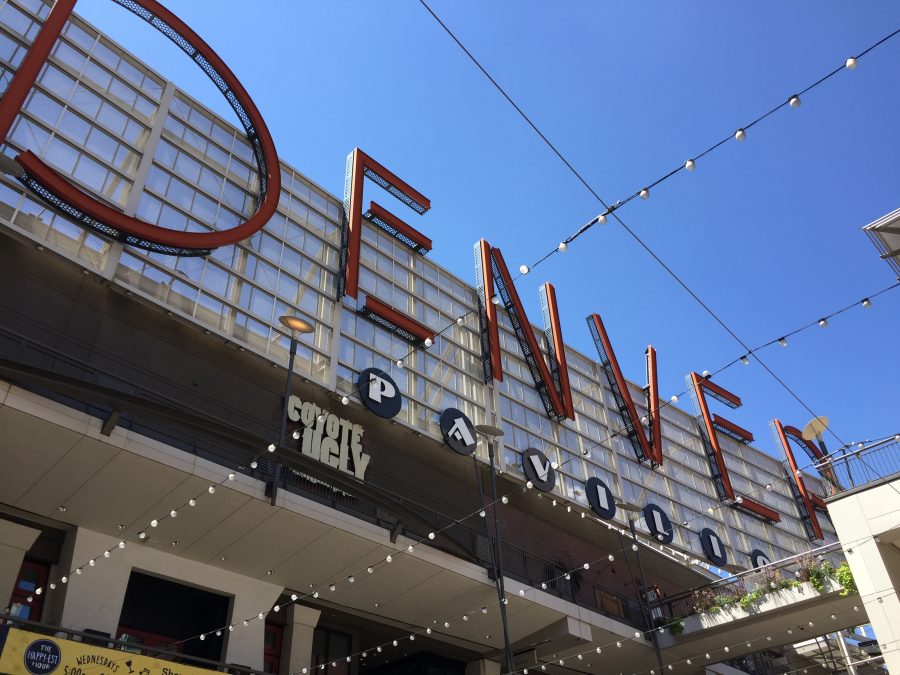On TypeCon 2015
A little overdue, here are some thoughts on last year’s TypeCon in Denver on August 12-15. This is the first time I’ve attended an academic conference to present my work. I was invited as a presenter in the Education Forum that took place before the official start of the conference. I gave a talk based on my Typographic Design Lab 3 course that I named: “From Loop to Narrative: Teaching Kinetic Typography”.
During my talk I described key ideas for teaching kinetic type to graphic design students. By the time I gave the presentation I had only taught the course twice and was still defining my methods and contents. I’ve found that in my teaching process I’m constantly defining what new contents and ideas are relevant in the light of everything changing and evolving so fast in the design fields. I started by talking about tools and the challenge of teaching a class about kinetic type without it becoming about the software tools. Subsequently, I showed the sequence of assignments that go from shorter to longer duration and each one presents different challenges and concepts to work with. Along the way I described stages of the process from pre-production to post-production borrowing terminology from filmmaking. I finished by asking the question: What’s next? and looking at recent examples of work in kinetic type like dynamic typographic identities and animated typefaces. As a final reflection I used the following quote to keep a critical stance towards teaching:
To what degree motion enhances or limits the way text information is perceived by the viewer? How can we judge whether or not motion benefits the communication process?
Matthias Hillner. Text in (e)motion. Visual Communication June 2005 vol. 4 no. 2 165-171
Aside from presenting, I attended several talks all very different in subject matter, presentation style and rigor. The conference brings together people with a common interest in typography but very different points of view, experiences and interests. From the general conference I had the same perception of diversity. Some talks where based on rigorous and serious research, for example a talk about the Hershey fonts developed by Dr. Allen V. Hershey at the Naval Weapons Laboratory in 1967 or a scholar that came from the UK to show his research in using type to add data to data visualizations. Other talks where more of a collection of images with a common subject but lacked a structure or a point of view. Because the conference is so open in subject matter, there’s great variation on contents and scope.
Soon to be in that stage #typecon2015 pic.twitter.com/qeMbrXD4Hj
— Camila Afanador Ll. (@camicasi81) August 13, 2015
The Education Forum is back with Camila Afanador-Llach and how she teaches Kinetic Typography @TypeCon #TypeCon pic.twitter.com/AbPtiuqPSt
— Lucas Czarnecki (@lucas_czarnecki) August 13, 2015
